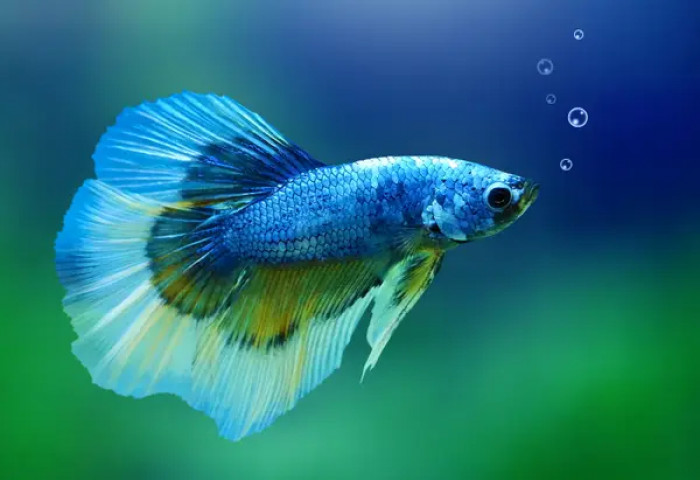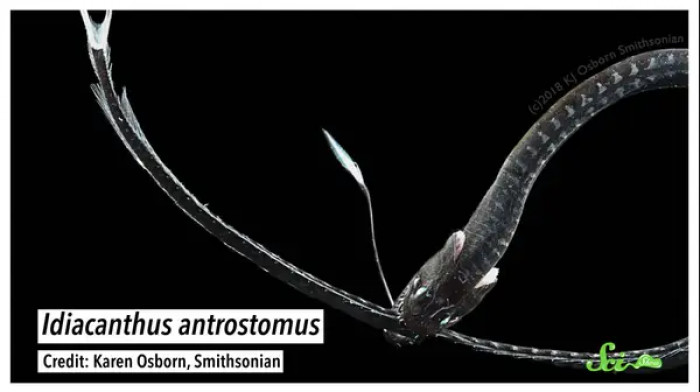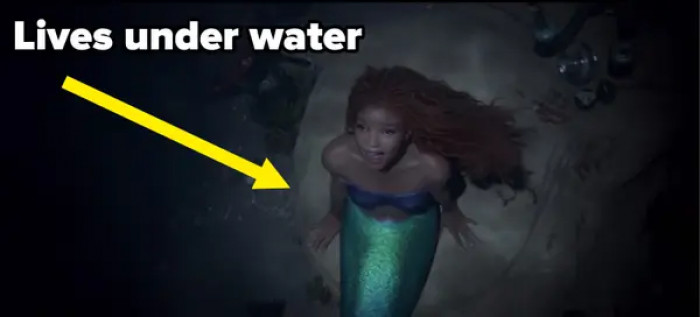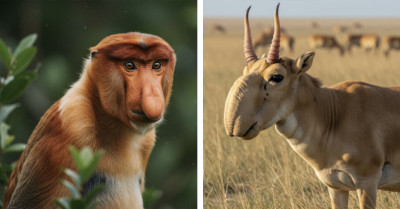Racists Have To Find A New Straw To Grasp On Because A Marine Biologist Just Debunked Their Whole Argument About The Little Mermaid
Once upon a time, the idea of producing the iconic Disney movie ‘The Little Mermaid’ almost didn’t see the light of day. Disney executives weren’t initially keen on the thought of working on the film since another mermaid-related sequel was in the works.
However, they soon recognized the beauty of Ariel’s story and put it into production, leading to its premiere in 1989. The audience loved it so much that Ariel continued to be a significant part of the Disney universe and became one of the most recognizable princesses.
Years later, after various portrayals, Disney announced that they would be releasing a live-action version of The Little Mermaid and decided to cast Halle Bailey as Ariel! Many people were excited; a talented artist was bringing a beloved character to life—what could be better?
Unfortunately, much of the attention surrounding the movie hype was diverted to the uproar from those who couldn’t accept that a Black woman was cast as Ariel. The moment the trailer was released, so were their rants.
They simply believe that a dark-skinned mermaid isn’t how it’s supposed to be. They think that the character in the animated original movie represents how it should be, and that Halle Bailey’s portrayal strays from accuracy.
A media personality named Kalen Allen took to Twitter to point out that racism became apparent even when the plotline of The Little Mermaid didn’t address race or its struggles to begin with.

The issue escalated to the point where stubborn individuals created the hashtag #NotMyAriel.

Certain individuals highlighted the fact that even if the plotline of the story doesn’t provide context on what mermaids should be, they pointed out that biologically, Ariel is more likely to be dark-skinned.

It’s challenging to be completely accurate since mermaids are mythical creatures, but based on where Ariel lives and the knowledge of experts, Halle Bailey is a great choice.

Karen Osborn, a curator from the National Museum of Natural History, shared her insights on how the appearance of creatures affects their survival, starting with their colors.

Fish that tend to swim just below the surface are often blue in hue.
This helps them blend in with the sky, providing better protection from predators. There are also mirrored animals that reflect their surroundings for camouflage.

As we go deeper and discover more creatures, animals tend to be redder or more pigmented due to the lack of light.
Specifically, red light isn’t as prevalent, so being red is effective for their protection.

If you consider where mermaids live, they usually stay away from the surface and inhabit underwater kingdoms deep in the sea.

This makes them better suited to being dark-skinned for protection and reflects the overall makeup of their environment.

Here is the official trailer for Disney's The Little Mermaid 2022.
Mermaids are introduced as mythical creatures; the argument about what they could look like relies on many factors and is not exclusive to one specific image. The Little Mermaid live-action is set to tell the tale of Ariel and her fascinating adventure on land, with Halle Bailey as the main star.



